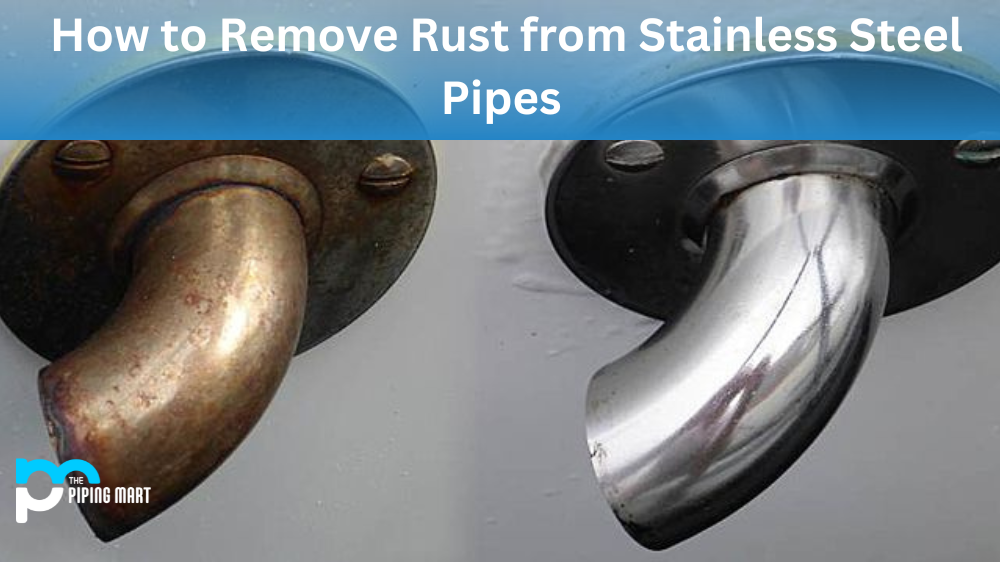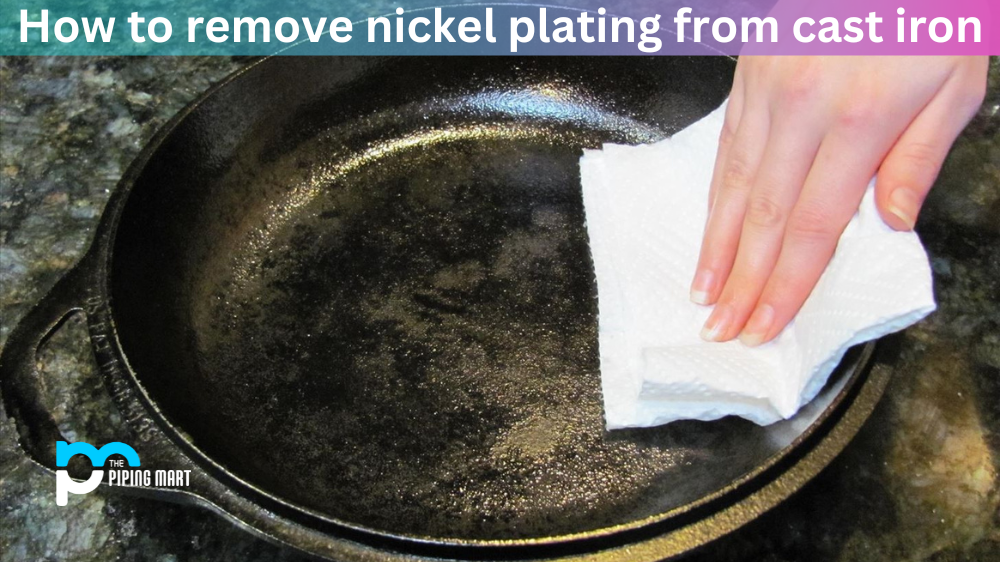Rust is a common problem for many homeowners, especially when it comes to stainless steel pipes. If left unchecked, rust can cause irreparable damage to your plumbing system and overall home. Fortunately, there are several steps you can take to quickly remove rust from stainless steel pipes.
Removing Rust with Vinegar and Steel Wool
One of the easiest ways to remove rust from stainless steel pipes is to use vinegar and steel wool. This method works best if the rust is not too deep or ingrained into the surface of the pipe. Start by pouring white distilled vinegar into a bowl or bucket large enough to fit the pipe. Then, submerge the pipe in the vinegar and let it soak overnight. In the morning, remove the pipe and scrub it with steel wool until all the rust has been removed. Rinse off any remaining residue with water and dry with a soft cloth.
Using Baking Soda for Stubborn Rust Stains
Baking soda may be your best bet if you’re dealing with stubborn rust stains that won’t come off with vinegar or steel wool. Start by mixing a few tablespoons of baking soda into a bowl filled with warm water until it forms a paste-like consistency. Next, cover the entire rusty area of the pipe with this paste using a soft-bristled brush or cloth, then let it sit for 10-15 minutes before rinsing off thoroughly with clean water. Repeat this process until all the rust has been removed from your stainless steel pipes.
Preventing Future Rust Buildup
Once you’ve removed any existing rust from your stainless steel pipes, you’ll want to do everything you can to prevent future buildup as much as possible. To do this, start by ensuring that all exposed metal surfaces are properly sealed against moisture infiltration by applying an appropriate sealant or coating product such as WD-40® Multi-Use Product or CLR® Calcium Lime & Rust Remover (following manufacturer directions). Additionally, ensure that you periodically inspect all exposed metal surfaces for signs of corrosion or wear-and-tear and repair them promptly if needed—this will help ensure that your stainless steel pipes remain free from corrosion for years to come!
Conclusion:
Rust can be an unsightly problem for many homeowners—especially regarding their stainless steel pipes! But don’t worry; removing rust from your piping system is easier than you might think! By following these simple steps—using vinegar/steel wool or baking soda—you’ll have no trouble restoring rusty pipes to their original lustre in no time! Plus, taking preventative measures such as sealing exposed metal surfaces and inspecting them regularly will help keep future corrosion at bay so you can enjoy beautiful plumbing fixtures without worrying about pesky rust problems ever again!

A passionate metal industry expert and blogger. With over 5 years of experience in the field, Palak brings a wealth of knowledge and insight to her writing. Whether discussing the latest trends in the metal industry or sharing tips, she is dedicated to helping others succeed in the metal industry.




